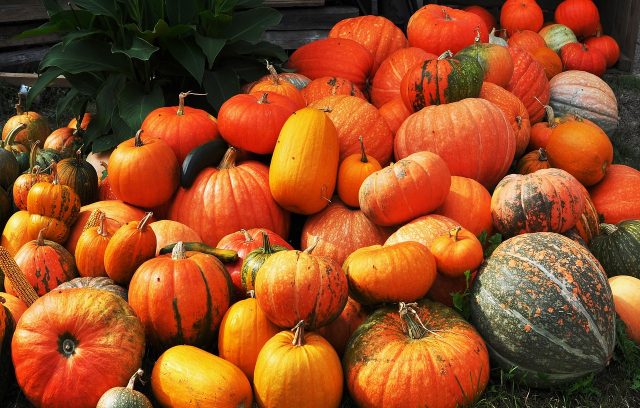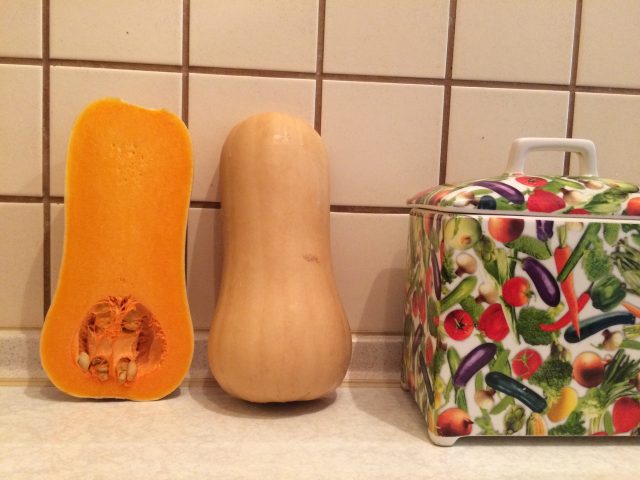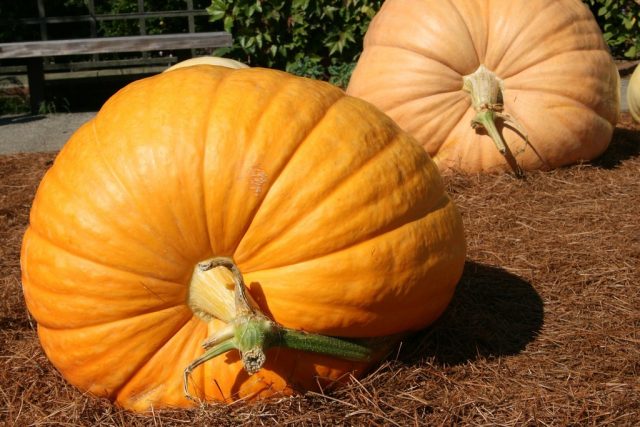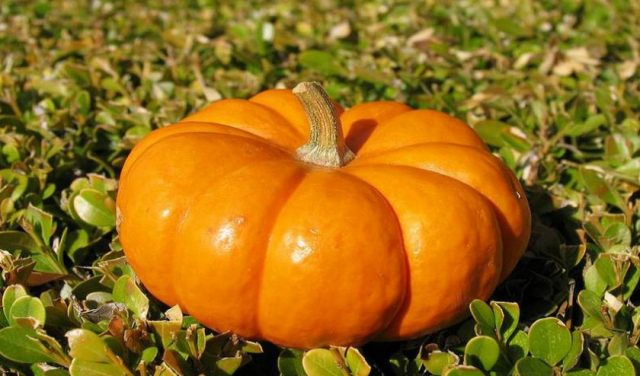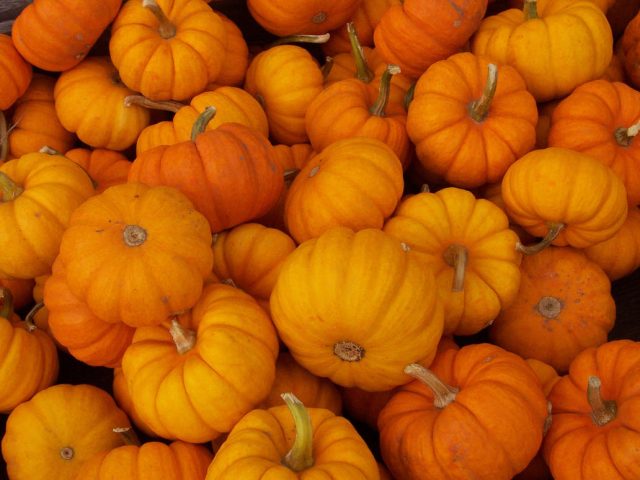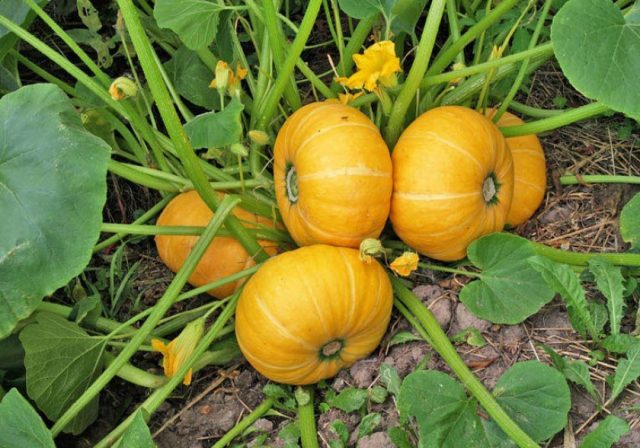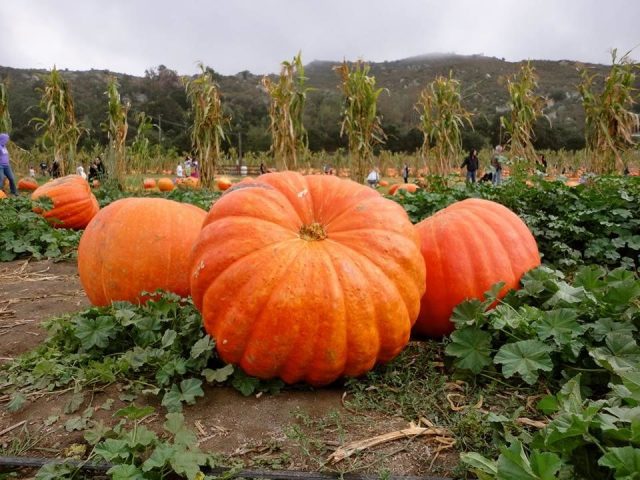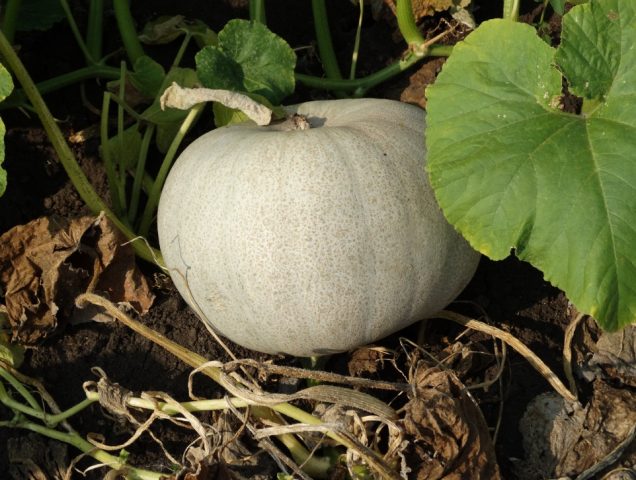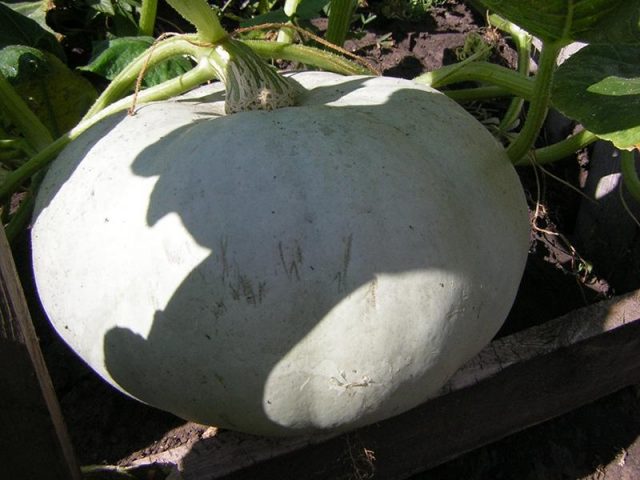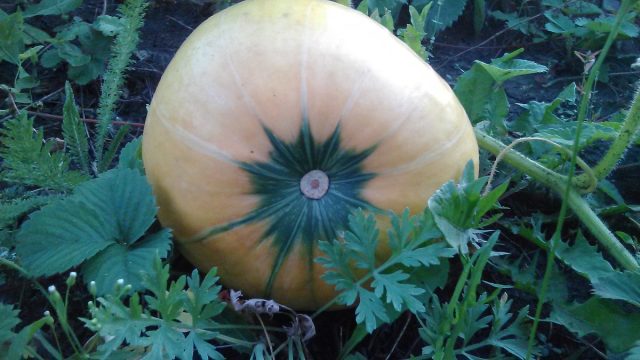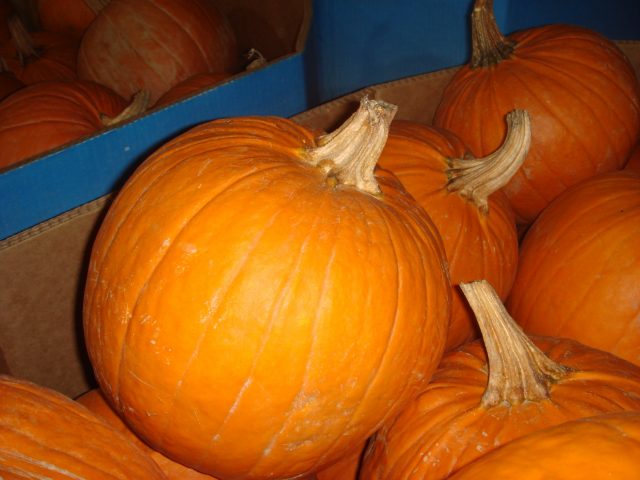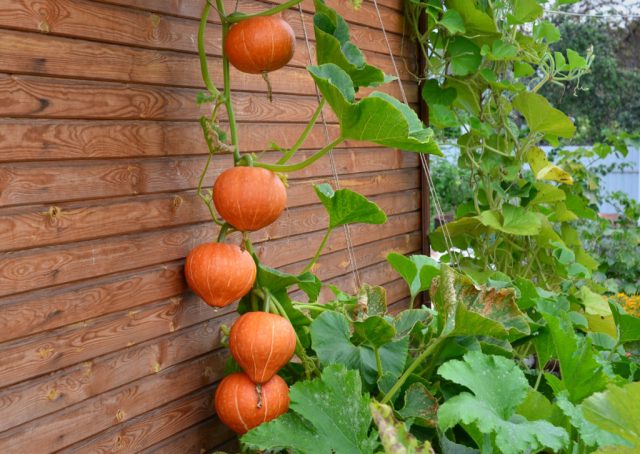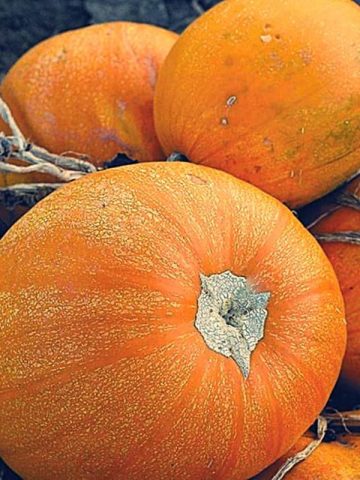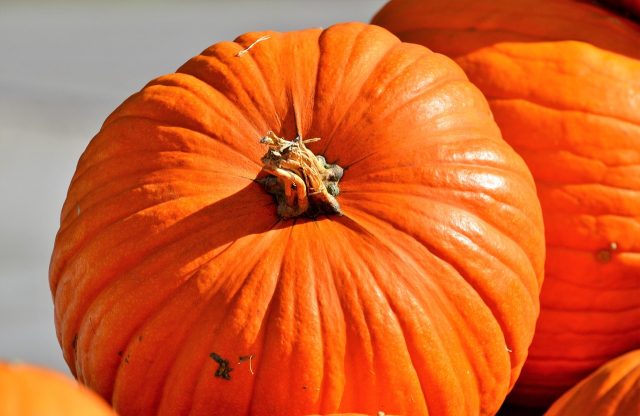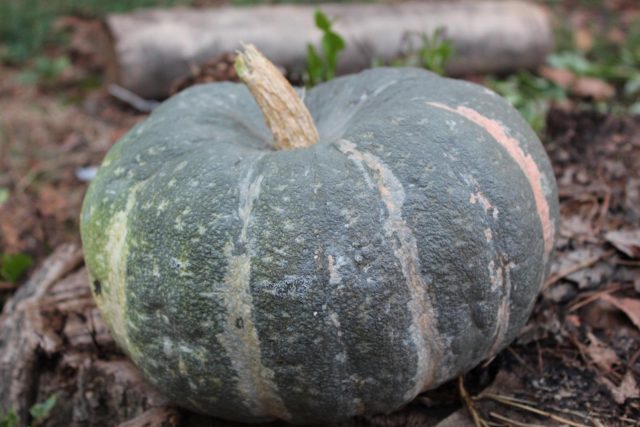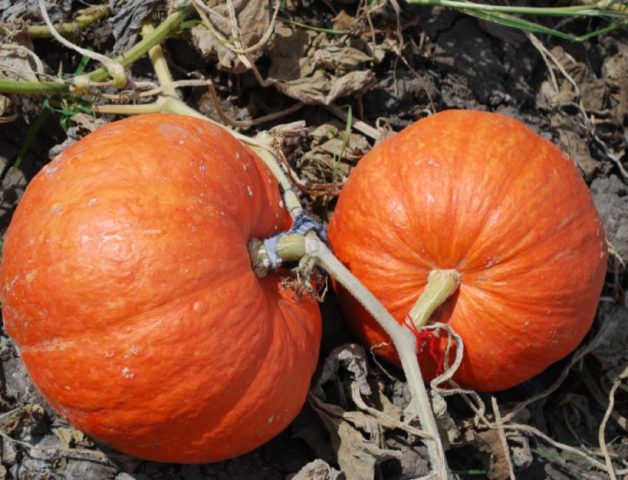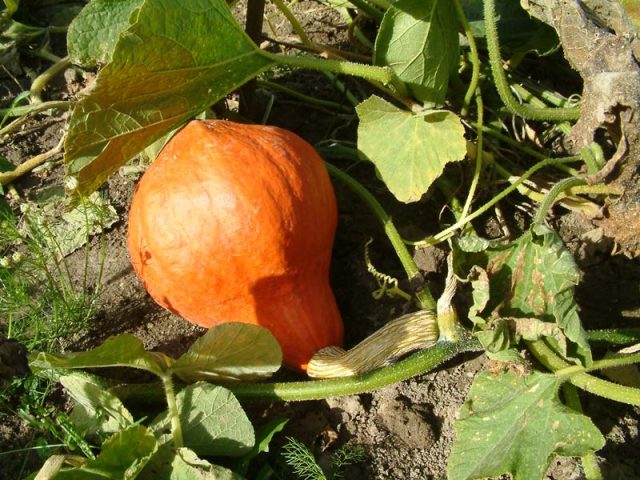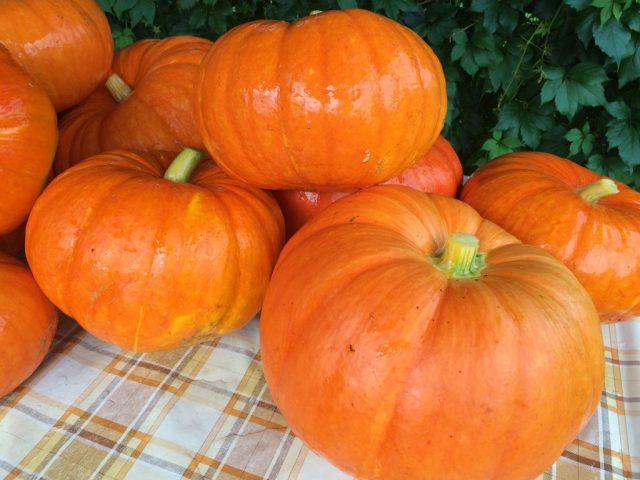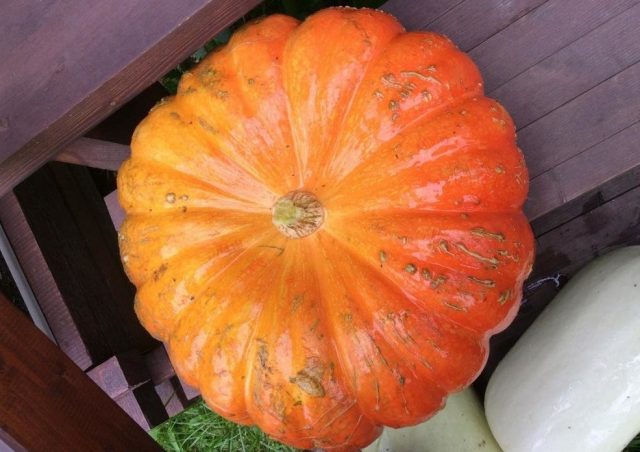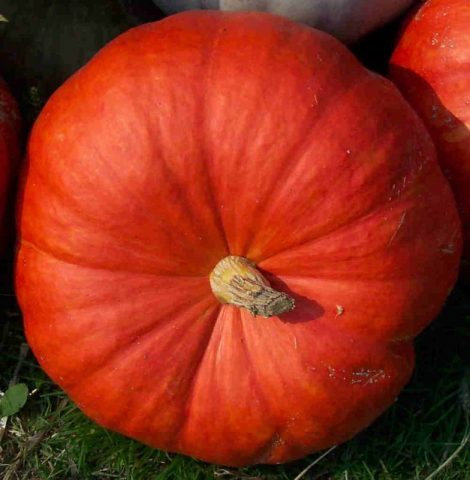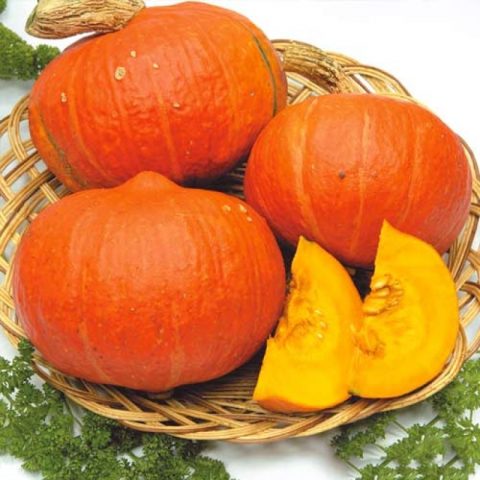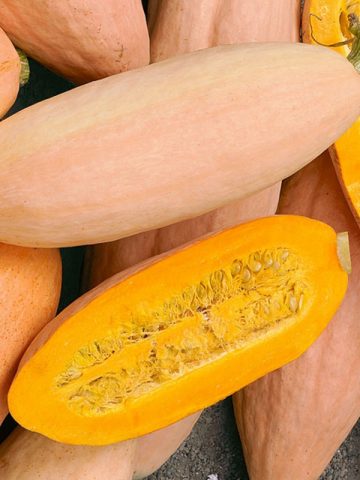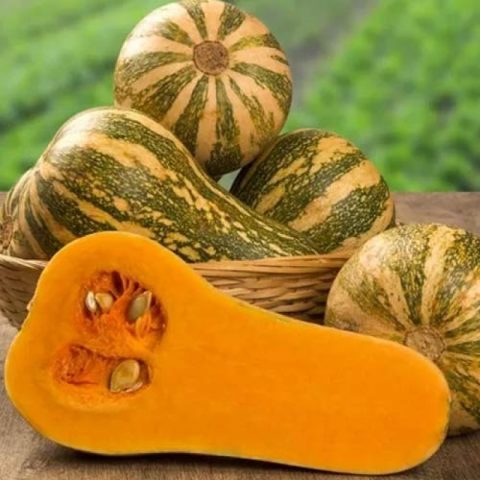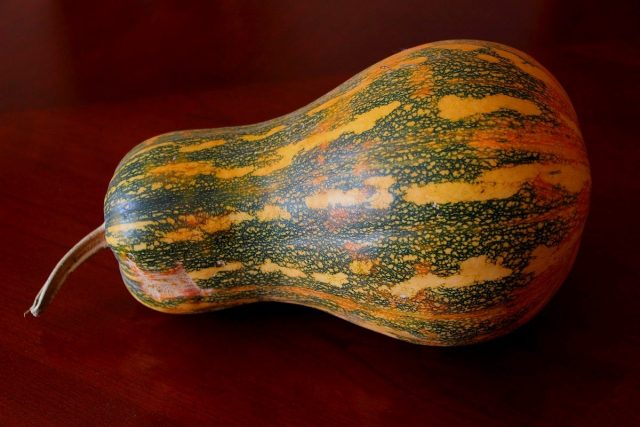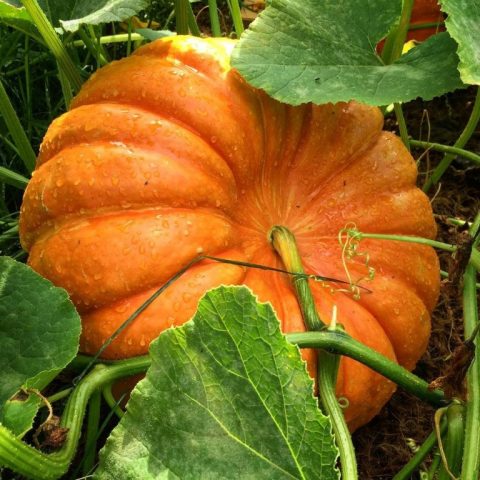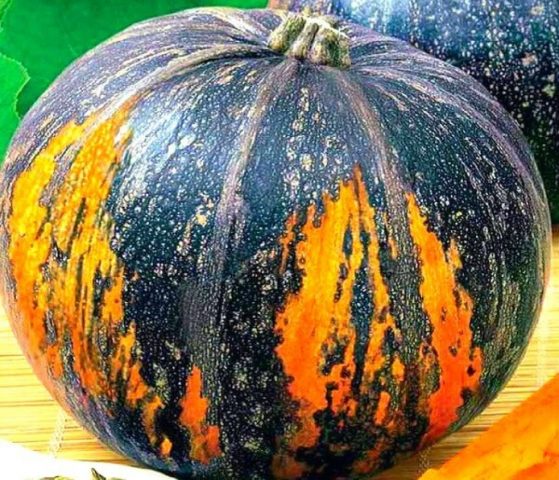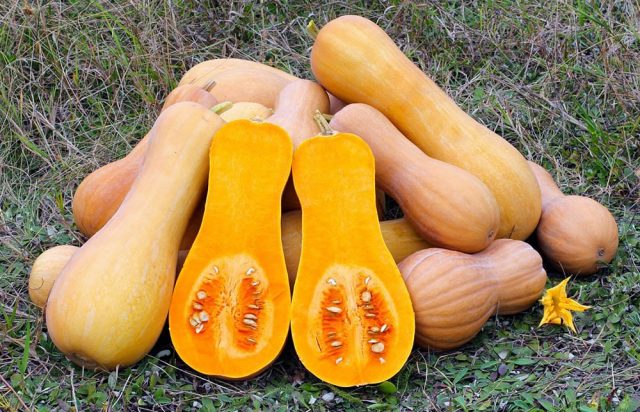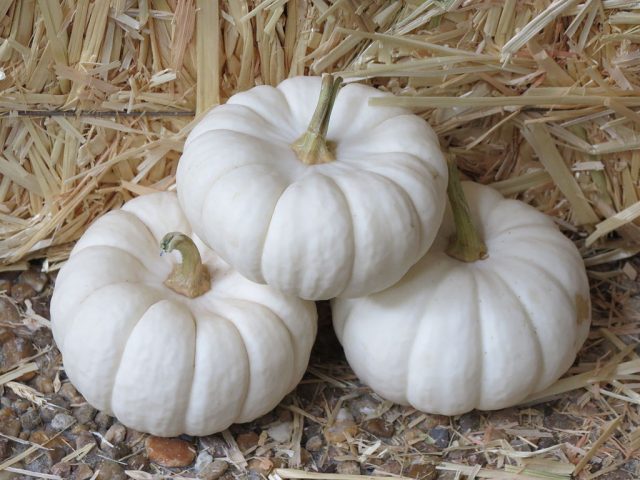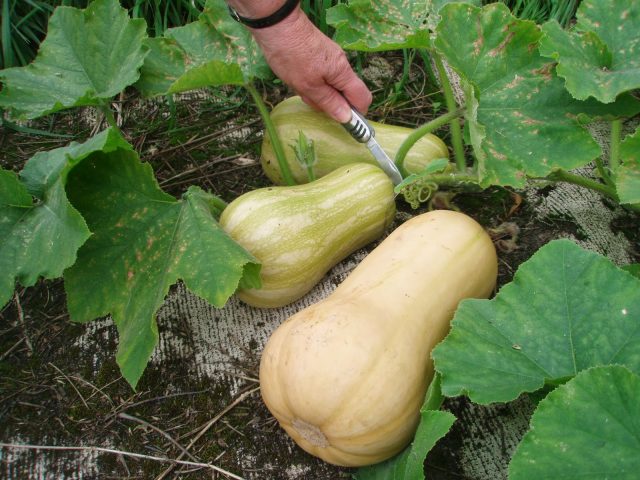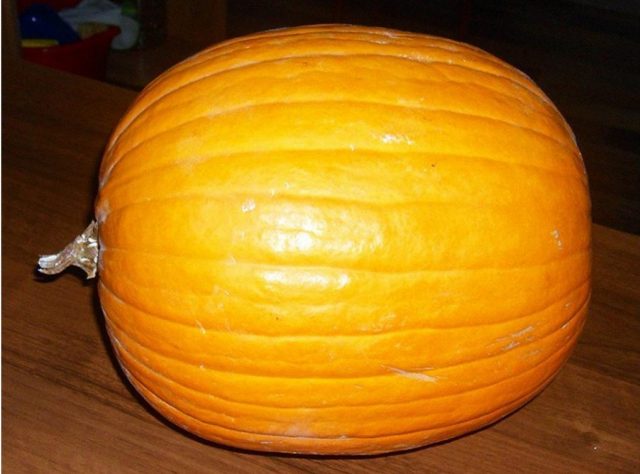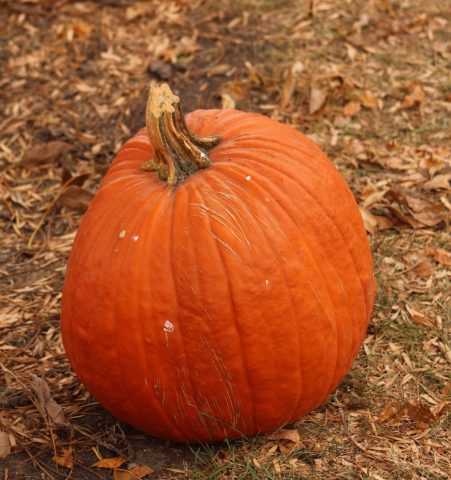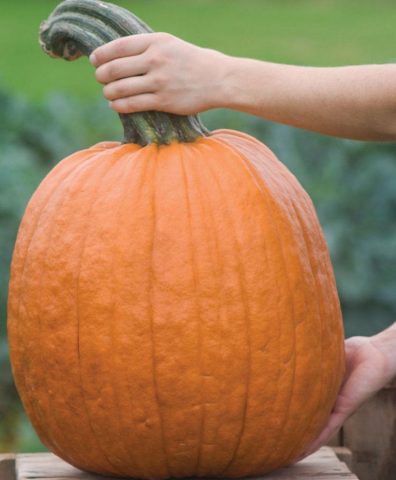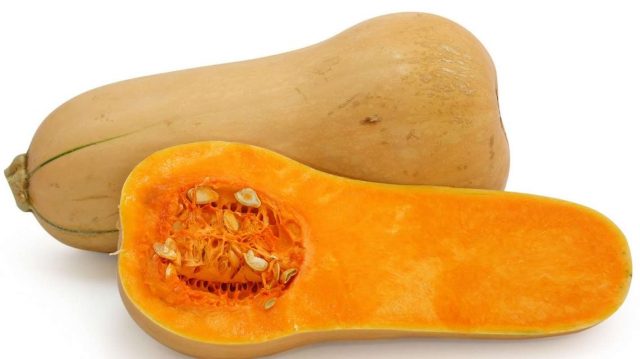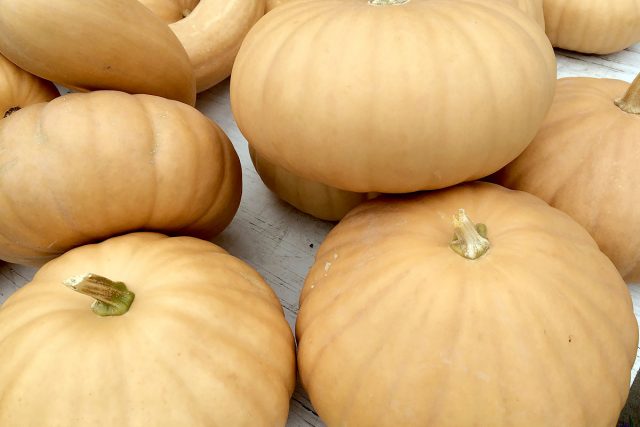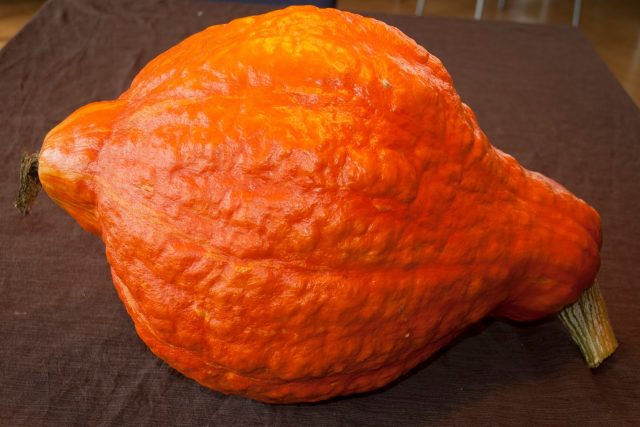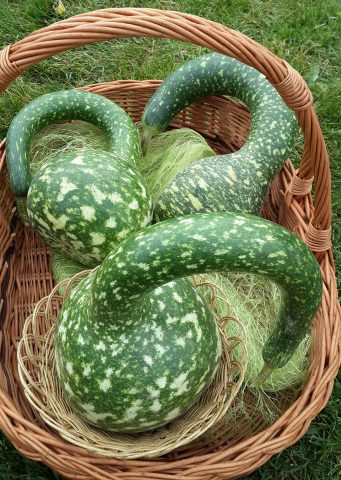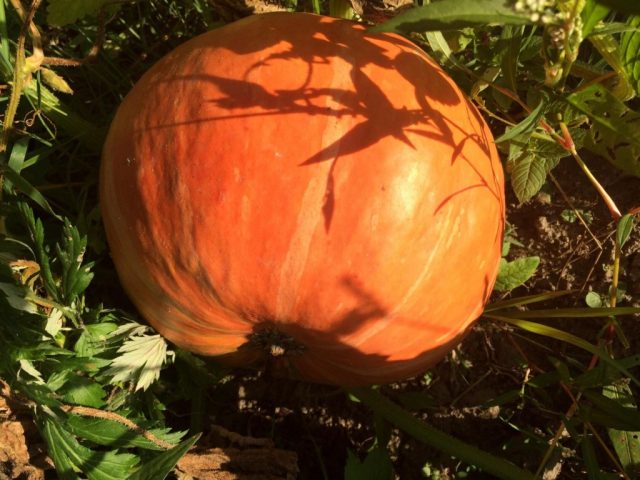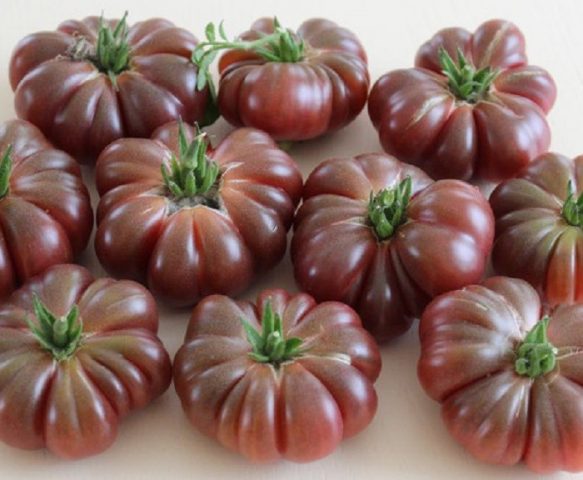Content
- 1 Variety of pumpkin varieties
- 2 Classification of varieties by fruit shape
- 3 The best varieties of pumpkin for open ground
- 4 Fodder pumpkin varieties
- 5 Orange pumpkin varieties
- 6 Green pumpkin varieties
- 7 Small pumpkin varieties
- 8 The most productive pumpkin varieties
- 9 What are the most delicious pumpkin varieties
- 10 What are the most useful pumpkin varieties
- 11 Pumpkin varieties for juicing
- 12 American pumpkin varieties
- 13 The most original pumpkin varieties
- 14 Conclusion
Pumpkin is a healthy and fruitful crop that is grown in various regions of Russia. Finding the perfect variety is important to get a good harvest. There are many types of this vegetable, which vary in shape, taste, color, plant type and other parameters. Next, we consider pumpkin varieties with photos and descriptions, which will help gardeners choose the best planting option.
Variety of pumpkin varieties
More than 700 varieties are represented in the culture. All of them differ in the way of consumption, fruit shape, color and purpose.
Muscat
Muscat varieties are distinguished by good taste and long shelf life. They are eaten fresh without heat treatment. Plants are demanding for weather conditions, temperature fluctuations, soil fertility and care. For cultivation, the seedling method is used. Examples: Pineapple, Pearl, Vitamin, Prikubanskaya, Honey tale.
Large-fruited
Large pumpkin varieties are valued for their high yields. At the same time, they have a good taste and are suitable for processing. Such plants are unpretentious, tolerate temperature drops, frequent precipitation, etc. Representatives of this group: Dawn, Rossiyanka, Sweetie, Parisian gold, Slastena.
Bush
Plants of this variety have the appearance of a compact bush. Long shoots are not formed during the growing season. This property does not affect the yield. For the bush type, erect stems, whips are absent. The fruits are formed at the base of the bush. Popular bush varieties: Smile, Shrub Orange, Healing, Hundred Pound, Pearl.
Decorative
Ornamental varieties are grown for the attractive appearance of crops. Usually their fruits are not eaten. Such vegetables have a star-shaped, warty, turban-like shape. These include hybrids: Corona, Souvenir, Small Fruited, Dikovinka, Cronen.
Hard-faced
This group got its name from the hard peel. Its varieties are distinguished by early fruiting: from late August to early September. The fruits are small enough. Seeds are beige in color, very tasty. The group includes: Freckle, Spaghetti, Altai, Orange Kustovaya.
Hybrid
Hybrid species are designated F1. Such plants, bred by selection, give high-quality, even fruits and are not susceptible to diseases. However, they are not very resistant to weather conditions. If you collect and plant the seeds of a hybrid, then the resulting seedlings will not retain the qualities of the parent plant. Popular varieties are the Japanese pumpkins Ishiki Kari and Hokkaido. They are pear-shaped, small in size and sweet in taste.
Gymnosperms
Gymnosperms are grown for delicious seeds. The plants are characterized by a powerful root system and a long hollow stem. The fruit has a thin flesh, while the majority of the interior is occupied by seeds. Representatives of the species: Danae, Golosemyanka, Apricot, Olga.
Classification of varieties by fruit shape
Depending on the shape of the fruit, the following types of pumpkin are distinguished:
- Rounded. The most common type of culture. Fruits come with a smooth skin or pronounced segmentation: Zemlyachka, Bun, Sweetie.
- Oblong. Fruits are elongated, their surface is smooth or slightly ribbed. Examples: Vitamin, Shrub Orange, Pink Banana.
- Pear-shaped. Differs in fruits of an oblong shape with a thickening at one end: Honey August, Pineapple, Arabat, Pearl.
- Complex. Representatives of this group have a complex or irregular fruit shape. These include: Goose in apples, Russian woman, Golden pear.
The best varieties of pumpkin for open ground
The best pumpkin varieties for outdoor cultivation vary by region. Heat-loving hybrids are planted in the central part of Russia. For the Urals and the Siberian region, it is better to pay attention to species that are resistant to cold snaps and high humidity.
For Moscow region
Pumpkin is a traditional culture for the Moscow region. The climate of the region is suitable for the cultivation of most species. When planting in open ground in the suburbs, pumpkin varieties of early or medium ripening are chosen. For culture, choose a sunny spacious garden.
The main problem may be the lack of free space in the garden. To solve the problem, there are several options: choose plants with small fruits or grow them on a trellis.
The best pumpkin varieties for the Moscow region:
- Healing;
- Arabat;
- Pearl;
- Sweetie;
- Bun;
- Bambino.
For the middle lane
It is easier to grow this crop in the middle lane than in hot climates. The harvest has time to ripen even in cool and rainy summers. The best in the plots are large-fruited and hard-bodied species. Crop seeds are planted directly into open ground.
The most productive and sweetest pumpkin varieties for the middle lane:
- Parisian gold;
- Russian woman;
- Pink banana;
- Titanium;
- Beauty.
For Siberia
Early ripening hybrids are chosen for planting in Siberia. When growing late varieties, there is a risk of not waiting for the harvest. In March, seeds are planted for seedlings. Plants are transferred to the garden in early summer. If the probability of frost persists, then non-woven fiber is thrown over the beds.
The best pumpkin varieties for Siberia in the open field:
- Healing;
- Russian woman;
- Countrywoman;
- Vitamin;
- Smile.
For the Urals
The Ural climate is characterized by sharp temperature drops, frequent rains and cold snaps. To harvest a good harvest, use the seedling method. The seeds are germinated at home. The seedlings are transferred to the ground at the end of May - at the beginning of June, when frosts pass.
In the Urals, pumpkin is grown in greenhouses. At night, the plants are covered with foil or agrofibre. This will help the plantings get more warmth. If the soil is not fertile enough, top dressing is performed with mullein and mineral complexes.
Options for growing in the Urals:
- Atlas;
- Barbara;
- Honey tale;
- Chestnut;
- Bun;
- Smile.
The sweetest pumpkin varieties
The sweetest are the nutmeg varieties. Their pulp is rich in sugars. Growing conditions and fertilizer availability also affect tasting qualities.
The sweetest pumpkin varieties in terms of sugar content:
- Atlas. A hybrid of Japanese breeding, ripening early. According to the description of the variety, the Atlas pumpkin has a rather powerful bush. Fruits are cylindrical, thickened at the end, weighing 2 - 3 kg. The pulp is rich in sugars and carotene. When stored, the tasting qualities only improve;
- Almond. The harvest ripens in medium terms. According to the description of the variety, the Almond pumpkin has a dense crunchy pulp. The surface is orange with brown stripes. Weight - 4 - 5 kg. Easily transported and stored for a long time;
Important! With a lack of nutrients and solar heat, the pulp will not pick up sugar.
- Kapitoshka (Honey princess).The pumpkin variety Kapitoshka is mid-season and fruitful. Fruits are round, with distinct segments. The rind is thin. The culture has a high immunity to diseases and universal application;
- Honey tale. Mid-season and fruitful vegetable. Plants are large, climbing. Fruits are round, flattened, with a thin skin. The pulp is orange, high density. The bushes are resistant to diseases;
- Shrub gold. An early ripe hybrid of a bush type. Pumpkin variety Zolotaya yields spherical fruits weighing 3 to 4 kg. The color of the peel is golden orange. The pulp is crispy, yellow in color. The taste is excellent, the purpose is universal.
Fodder pumpkin varieties
Fodder gourd is a healthy food source for cattle and other animals. Such vegetables are inferior in taste, but they give a high yield. They are grown in agricultural fields.
Popular representatives:
- One hundred pound. Pumpkin of the 100-pound variety ripens in the mid-late period. It is a long-leaved plant, the main shoot of which grows up to 7 m. Fruits are spherical, yellow-orange in color. The pulp is loose, creamy. Weight - from 10 to 20 kg;
- Basal. An early maturing variety, known since the 70s of the XX century. The plant looks like a bush. The ovaries are formed near the root collar. Light gray vegetables, weighing from 3 to 10 kg. The pulp is dense, but contains a lot of juice. The crop can be harvested mechanically;
- Record. Early fruiting hybrid. Fruits are round, slightly flattened, gray-green in color. Plants are drought tolerant and moderately immune to disease;
- Ufa. Fruiting occurs in the early period. Vegetables are large, flat-round, with a thin bark, weighing from 6 kg. Main advantages: resistance to drought, transportability and keeping quality of the crop.
Orange pumpkin varieties
Representatives of the orange-skinned crop are usually not large in size. Moreover, they are characterized by good taste. These vegetables have tasty and juicy pulp that contains a lot of juice.
Good orange hybrids:
- Cinderella. An early maturing compact plant that looks like a bush. According to the description of the variety, the Cinderella pumpkin bears spherical fruits weighing 5 - 6 kg. The rind of the fruit is not thick, and the flesh is crispy and juicy;
- Russian woman. A variety of early fruiting. The vegetables are turban-shaped and brightly colored. The weight of one copy does not exceed 2 kg. Plants do not suffer from temperature changes, the crop is well suited for transportation;
- Shrub orange. The crop is harvested early. Fruits are spherical, weighing up to 6.5 kg. The bark is thin, the flesh is yellow, of high quality. The culture is valued for its rich vitamin composition;
- Bambino. Medium-early ripening hydride. The plant is powerful, produces long shoots. The fruits are round, with a golden-orange surface. Their pulp is juicy, tasting qualities are excellent. Weight ranges from 5 to 8 kg. The crop can be stored without problems during the winter.
Green pumpkin varieties
Green pumpkin attracts attention not only for its decorative appearance. In terms of its taste and marketability, it is not inferior to the yellow and orange varieties. The color of the fruit can be solid green, with stripes or specks.
Examples of green pumpkin varieties:
- Marble. This pumpkin variety is also called the Toad. It bears fruit in the middle late period. The fruits of the plant weighing 6 - 8 kg, segmented, with a wrinkled surface. Coloring - greenish-gray. At the same time, the pulp is orange;
- Sweetheart. The pumpkin variety Slastena is distinguished by early fruiting. Fruits are round, with distinct segments. The color is dark green. The bush is drought tolerant. The storage period of the crop is up to 9 months;
- Honey August. A productive nutmeg hybrid. Bears cylindrical striped fruits. The vegetable is eaten raw in salads or processed;
- Kashtanka. Mid-season vegetable for table use. Fruits are flat-round, dark green. Their pulp is dense, its aroma resembles roasted chestnuts.
Small pumpkin varieties
The small pumpkin has its own benefits. Such plants take up little space in the garden and, at the same time, give a high yield. The mass of vegetables does not exceed 3 kg. It is convenient to use portioned varieties for preparing 1 - 2 dishes.
The best representatives of the culture with small fruits:
- Bun. According to the description of the variety, Bun pumpkin is an early ripe hybrid. The plant produces lashes up to 1 m long. Fruits are flat-round in shape, weighing no more than 1.5 kg. Inside, the pumpkin of the Bun variety is juicy and tasty;
- Golden pear. An early ripe fruitful hybrid. 2 - 3 fruits are removed from each shoot. The mass of each of them is no more than 2 kg. The pumpkin has an unusual teardrop shape;
- Smile. Early maturing bush culture representative. Up to 7 spherical fruits ripen on the plant. Their weight is from 0.8 to 1 kg. The hybrid is cold-resistant. The harvest is formed, regardless of climatic conditions;
- Sweetie. The vegetable bears fruit in medium terms. 4 to 6 vegetables are removed from the bush. Their weight is about 1.5 - 3 kg. Ideal for children's and diet menus.
The most productive pumpkin varieties
The yield of a crop depends on the genetic characteristics of the species. The maximum indicators were recorded in large-fruited representatives. The fruiting of plants is positively influenced by the quality of the soil and top dressing.
Pumpkin varieties with photos that bring an excellent harvest:
- Beauty. According to the description of the variety, the Krasavitsa pumpkin brings a large harvest. The plant produces long shoots. The average fruit weight is 4 to 8 kg. Their flesh is yellowish, crispy. From 1 sq. m collect up to 5 kg of pumpkin. Fruiting takes place in the middle period;
- Parisian gold. Large-fruited variety for universal use. Fruits are segmented, flat-round in shape. Pumpkin of the Parisian gold variety weighs 4 - 16 kg. The tasting score is high. The crop does not deteriorate during long-term storage and transportation;
- Yellow Centner. Mid-late ripening hybrid. Sprawling bush with long shoots. The fruits are impressive in size and weight up to 50 kg. The vegetable is resistant to fungal infections;
- Print. An old French variety adapted to the Russian climate. According to the description of the variety, Pumpkin Estamp has a red-orange skin color. Its taste is sweetish, the flesh is juicy. The average fruit weight reaches 10 kg. The hybrid is distinguished by its yield and presentation.Important! To obtain a good harvest, the plants are provided with care: watering and feeding.
What are the most delicious pumpkin varieties
Vegetables that have an unusual taste are very popular among gardeners. Such fruits are rich in sugars and vitamins, so they are loved by adults and children. The crop is used for preparing first and second courses, pastries, drinks.
Culture options with unusual taste:
- Hazelnut. According to the description of the variety, Hazelnut pumpkin yields early harvest. The fruits weigh 1 - 1.5 kg. Inside, they are relatively dense, orange, with a nutty flavor. The plant produces shoots up to 5 m long. The harvest of Hazelnut pumpkin is stored for a long time at home;
- Pink banana. Unusual banana pumpkin cultivated in the USA. The fruits of the plant are oval, smooth, with a pinkish peel. The variety tastes very sweet, with hints of banana;
- Barbara. A fruitful nutmeg hybrid. It can be grown in all regions of Russia. The ripening period takes up to 50 days. Fruits are cylindrical, striped, weighing no more than 1.5 kg. Pumpkin pulp with a pleasant aroma and taste reminiscent of a melon.
What are the most useful pumpkin varieties
The most useful are vegetables rich in vitamins, carotene, starch, organic acids, sugars, microelements. With regular use of the vegetable, vision improves, intestinal function normalizes, blood pressure decreases, and immunity increases.
The following types and varieties of pumpkin with a photo will bring the greatest benefit to the body:
- Arabat. Late universal nutmeg. According to the description of the variety, the Arabat pumpkin is distinguished by its clavate fruits. The color of the fruit is brown-orange, the skin is smooth. Weight ranges from 4 kg, some specimens grow up to 20 kg;
- Pearl. A nutmeg pear-shaped pumpkin that yields mid-late harvests. Spreading bush, the main shoot is very long. The color of the fruits is green-orange. Their crust is quite thin;
- Healing. Large-fruited table culture representative. According to the description of the variety, Healing pumpkin yields in the early period. The plant is climbing, bearing segmented, rounded fruits weighing from 3 to 8 kg. The species is fruitful, does not suffer from cold snaps and droughts;
- Dawn. Medium-early ripening vegetable. Zorka is the record holder for carotene content. The plant develops several long shoots. According to the description of the variety, Zorka pumpkin bears rounded fruits. Each of them weighs 4 - 5 kg. Their color is orange-green. The pulp is rich in dry substances and sugars;
- Prikubanskaya. A mid-season vegetable that is valued for its even fruit and stable yield. According to the description of the variety, Prikubanskaya pumpkin has an orange-brown color. The shape of the fruit is cylindrical, with a thickened base. Average weight ranges from 2.5 to 5 kg. Once removed, vegetables can be stored for 90 days.
Pumpkin varieties for juicing
Pumpkin juice is a healthy product that can be given to children and adults. For its preparation, vegetables with juicy pulp are used. They are grated with subsequent wringing or processed in a combine.
To prepare the juice, you should purchase pumpkin seeds of the best varieties:
- Magic carriage. A variety of white pumpkin that begins to bear fruit early. Plant with short shoots. Fruits are flattened, light gray in color. Their peel is thin, the flesh is orange inside. The variety is rich in carotene, therefore it is used for the preparation of dietary meals;
- Pineapple. Mid-season hybrid, forming 4 - 5 fruits on each plant. The fruits are pear-shaped, beige in color. Weight is up to 2.5 kg. The sugar content reaches 10%. Plants are not susceptible to disease. The crop is stored for a long time after harvesting;
- Vitamin. Ripens at a later date. Fruits weighing from 5 to 7 kg. The keeping quality and transportability of the culture are very high. The vegetable is ideal for processing;
- Countrywoman. Large-fruited representative with weighty fruits. According to the description of the variety and reviews, the Zemlyachka pumpkin bears rounded flattened fruits, the weight of which ranges from 6 to 12 kg. The pulp is thick, firm. The tasting qualities are excellent.
American pumpkin varieties
The pumpkin is native to South America, so foreign hybrids do not lose their relevance. In the climatic conditions of the region, plants receive maximum heat and sunshine. This allows American farmers to harvest high yields.
Examples of American pumpkin varieties:
- Wolfe. A variety with orange fruits and firm flesh. Ripening - later, takes up to 4 months. 1 - 2 vegetables are removed from one bush;
- Bush Butternut. Popular industrial grade. Belongs to the nutmeg group. Ripening occurs at an average time. Fruit weight ranges from 1 to 1.7 kg;
- Long Island Cheese. An old nutmeg variety that has been cultivated for over 150 years. It got its name due to the fact that it resembles a head of cheese. Differs in good taste and long-term storage;
- Boston Murrow. A famous hybrid, common since 1830. It grows especially well in the northern regions. Fruits weigh up to 20 kg. Their flesh is sweet, but contains many seeds.
The most original pumpkin varieties
In the traditional sense, pumpkin has a round or elongated fruit shape. However, there are original varieties that have an unusual appearance or taste.
The most unusual species:
- Goose with apples. Annual decorative liana. The shape of the fruit resembles geese sitting on water.Their color is bright green with light spots. Scourges reach a length of 7 m. Fruits up to 30 cm long are eaten;
- Spaghetti pumpkin. The pulp of this vegetable, when ripe, disintegrates into thin fibrous stripes. Outwardly, they resemble pasta. The fruits of the plant are up to 30 cm long, yellow in color. The rind is dense;
- Melon pumpkin. The hybrid has a pronounced melon flavor. The fruits are large, round in shape, weighing 30 kg. Inside, they are dark orange, with a pronounced aroma;
- The largest variety is Titanium. Pumpkin variety Titan ripens in mid-late periods. The plant is large, bears round and slightly flattened fruits. The average weight is 40 - 90 kg. The most powerful specimens reach 200 kg. The peel is yellow-orange in color, the flesh is sweet inside;
- The smallest grade. Freckle Pumpkin bears small fruits with light green skin. The average weight of a vegetable does not exceed 0.7 kg. Gourd-shaped fruits are found in other crops. According to the description of the variety and the photo, the purple pumpkin tomato weighs from 300 to 500 g. Therefore, the hybrid can be mistaken for a small pumpkin.
Conclusion
The pumpkin varieties with photos and descriptions given above will help gardeners find suitable options for planting. The region of cultivation, taste and yield of hybrids must be taken into account.


